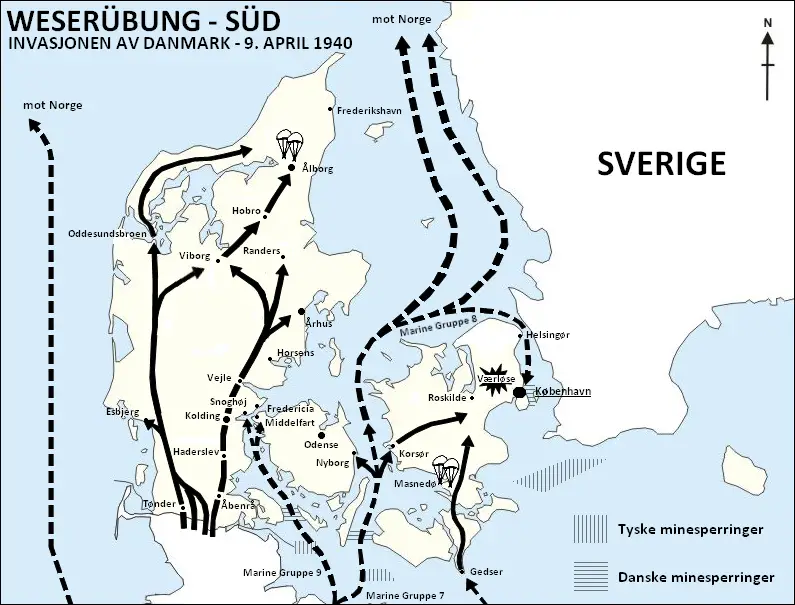 the 1940s Europe was at war. The Third Reich’s declaration of war against Poland was the last straw for the allies and as such in 1939 the conflict started, and it did not show any signs of finishing by 1940.
the 1940s Europe was at war. The Third Reich’s declaration of war against Poland was the last straw for the allies and as such in 1939 the conflict started, and it did not show any signs of finishing by 1940.
By early 1940 Hitler’s empire spanned most of central Europe with the eastern part of Poland, Czechoslovakia and Austria under his direct control. Therefore it is no wonder that its northern neighbours, Denmark, were starting to get worried.
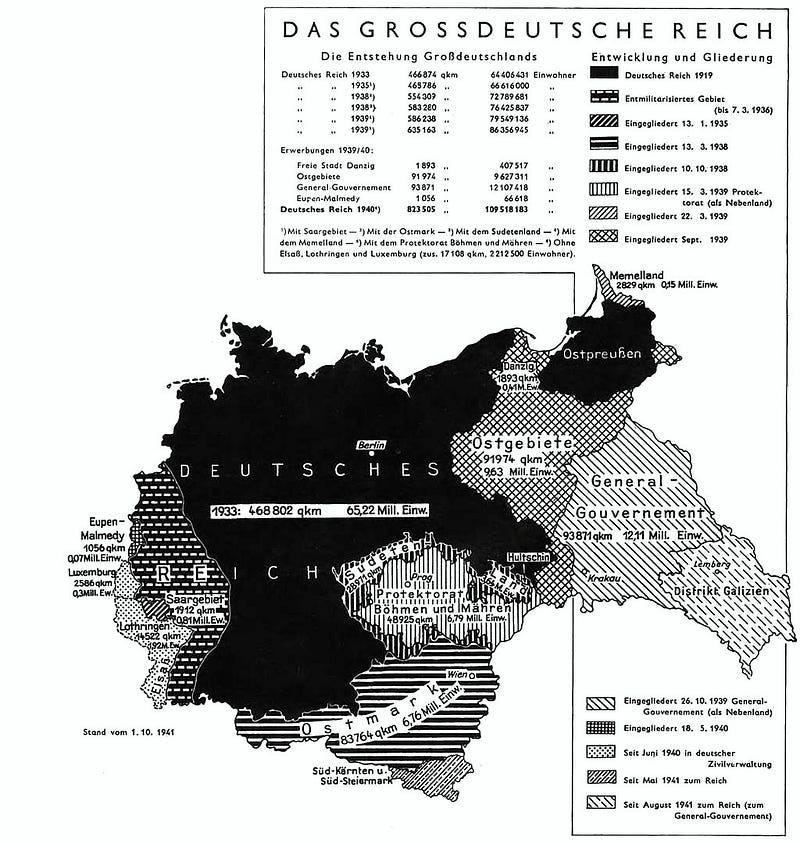
Denmark was in a vital spot for both the Axis and the Allies. Heavy amounts of iron was being imported from Sweden to Germany, therefore, whoever controlled the Danish straits could control said trade.
The importance of this cannot be understated. Iron was one of the central parts of the Wehrmacht’s key piece, its tanks. Due to Hitler’s doctrine of Blitzkrieg the importance of having a steady supply of tanks, and therefore iron, was something neither the Allies or Hitler looked over when planning how to take out the other side.
With Denmark being a neutral nation since the start of the conflict in 1939 this meant trouble for the Reich’s ever-expanding front line. As a result, on the 9 April, 1940 Hitler decided to attack.
Lightning Warfare
The definition of Blitzkrieg is “Lighting Warfare”, something key to Hitler’s strategy throughout the war, it was best displayed in the swift attack of Denmark, so quick the country capitulated in less than a fourth of a day.
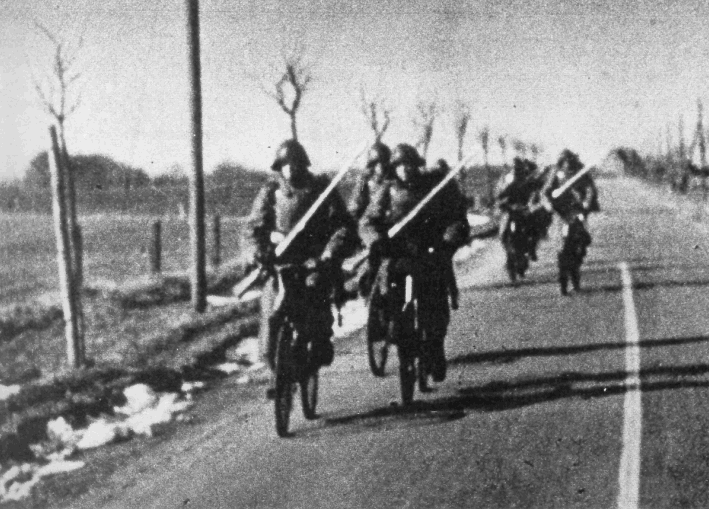
Denmark predicted German aggression since the beginning of the remilitarisation campaign of the 1930s. This led to its government pushing for further militarisation in Denmark as well as to act as a deterrent to German aggression. By 1940 around 14,500 soldiers were recruited by the Danish army and were ordered to be stationed away from the border to avoid any accidental conflict.
Hitler used the excuse of a border conflict before invading other countries, the main example being Poland. The Danes wanted to avoid this but as a result, put themselves in a very bad defensive position. Being away from the border and its fortifications meant certain doom for anyone wanting to take on the might of the Wehrmacht.
Operation Weserübung
The invasion was part of a bigger operation called Operation Weserübung where Hitler planned to take both Norway and Denmark in one fell swoop, giving him control and security over his precious iron supply.
At 3:00 AM on 9 April 1940 Hitler gave the orders for the invasion. Marines were to land in the capital, Copenhagen, and the Wehrmacht was to push through the region of Jutland which is the part of Denmark on mainland Europe.
The ‘invasion’ was more of a takeover with only 26 people killed and 23 injured(these figures include both civilian and military casualties). The marines which landed in the capital did not face much resistance. They were able to take over the military headquarters without a shot being fired. Some resistance was met as they moved towards the Danish king’s residence with his home guard trying to fight back.
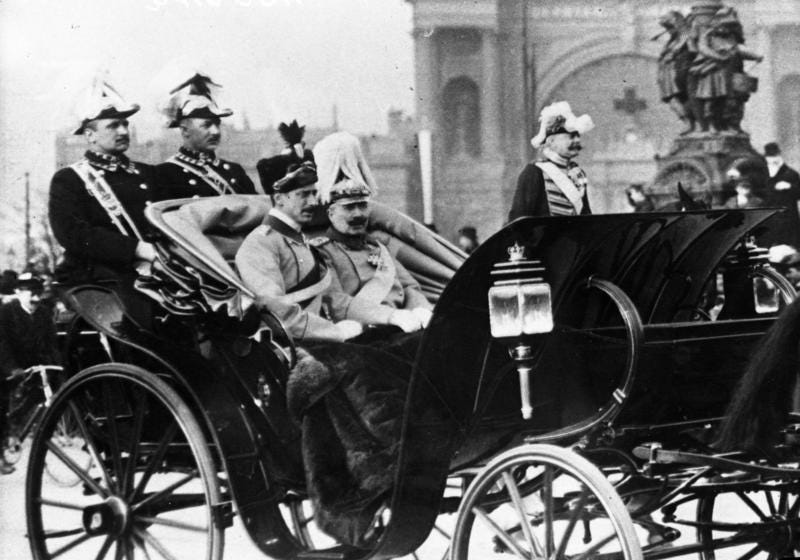
To push the king towards this surrender, Hitler ordered a squadron of bombers to fly over Copenhagen as a show of force. All of these efforts of the military would be for nothing as by 9:00 AM the king, Christian X, surrendered to the Germans in exchange of him being able to run his country’s domestic policy, which Hitler agreed to.
Overall the whole campaign was painted by the Germans as a ‘protection’ mission, saying that they felt that Denmark was in danger of Allied attack, therefore, they took it upon themselves to protect their vulnerable neighbour.
This propaganda piece was further boosted by the fact that the whole invasion was so quick and without bloodshed. Most of the population of Denmark fell for the ‘protection’ story which meant that the invaders faced little backlash from the general populace, especially with their king still on his throne.
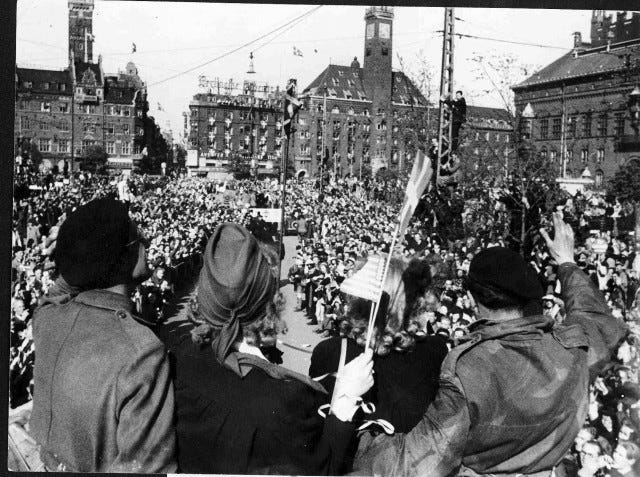
German occupation would continue until 4 May 1945 when the allies would liberate the country signifying to many the end of a period of masked freedom. Many of the citizens of Denmark welcomed this newfound freedom with many flooding the streets and burning remnants of their old overlords, signifying the end of a dark period in Danish history.

Student of Philosophy, Politics and Economics. History fanatic. Contact: aneculaeseicg@gmail.com

